Introduction to Secret Space Project
The Secret Space Project is an innovative idea presented by a team of enthusiasts who aim to create a platform where users can easily find and share quiet locations ideal for studying, working, or focusing. The project's motivation stems from the challenges people face in finding suitable quiet spaces, especially in areas where such spaces are not widely advertised.
Problem Statement
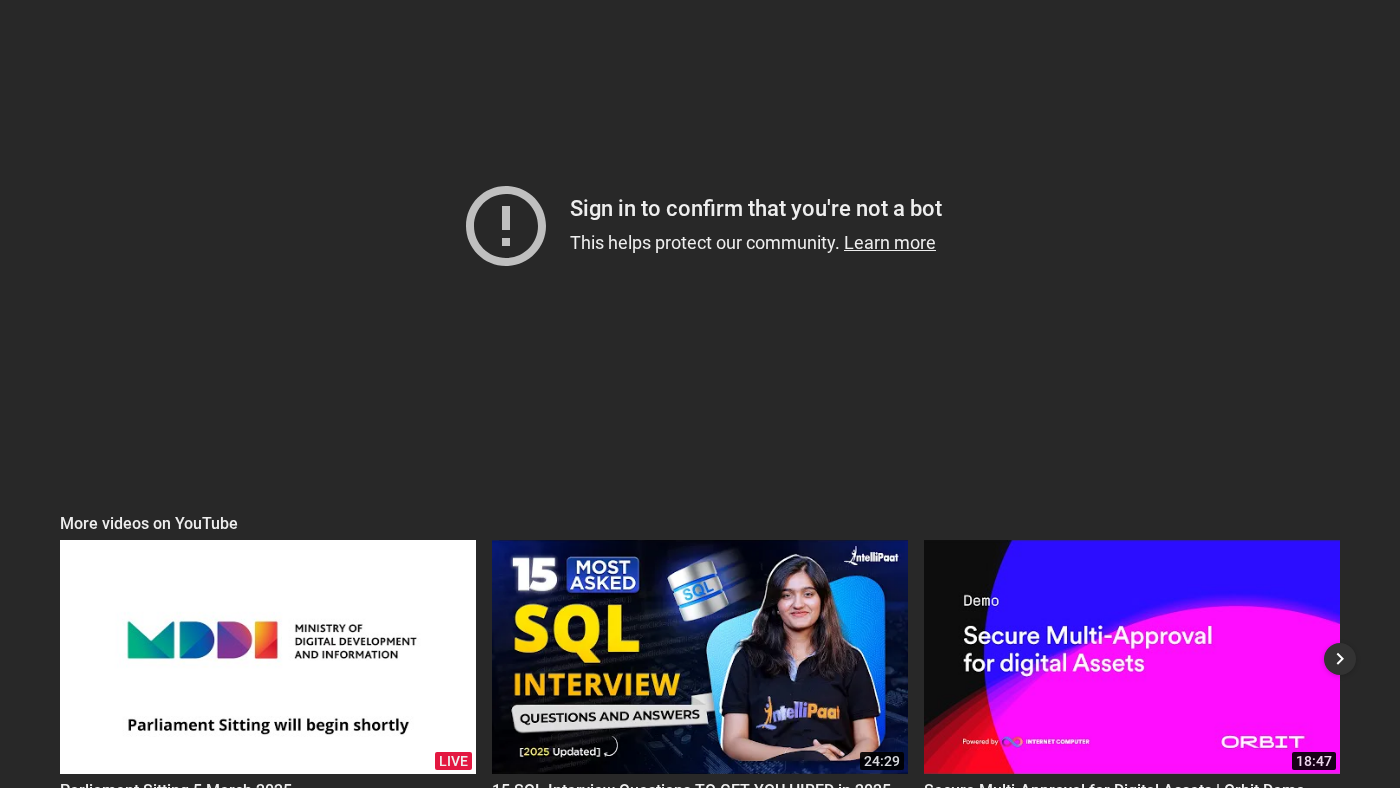 The initial concept of the Secret Space Project, aiming to solve the problem of finding quiet spaces.
The initial concept of the Secret Space Project, aiming to solve the problem of finding quiet spaces.
The problem of finding quiet spaces is common among students and remote workers. Current mapping applications do not categorize or highlight quiet study or work spaces, leaving users to rely on word of mouth or trial and error to find suitable locations. Some quiet spaces exist inside buildings without clear signs or online presence, making them hard to discover.
Background and Objective
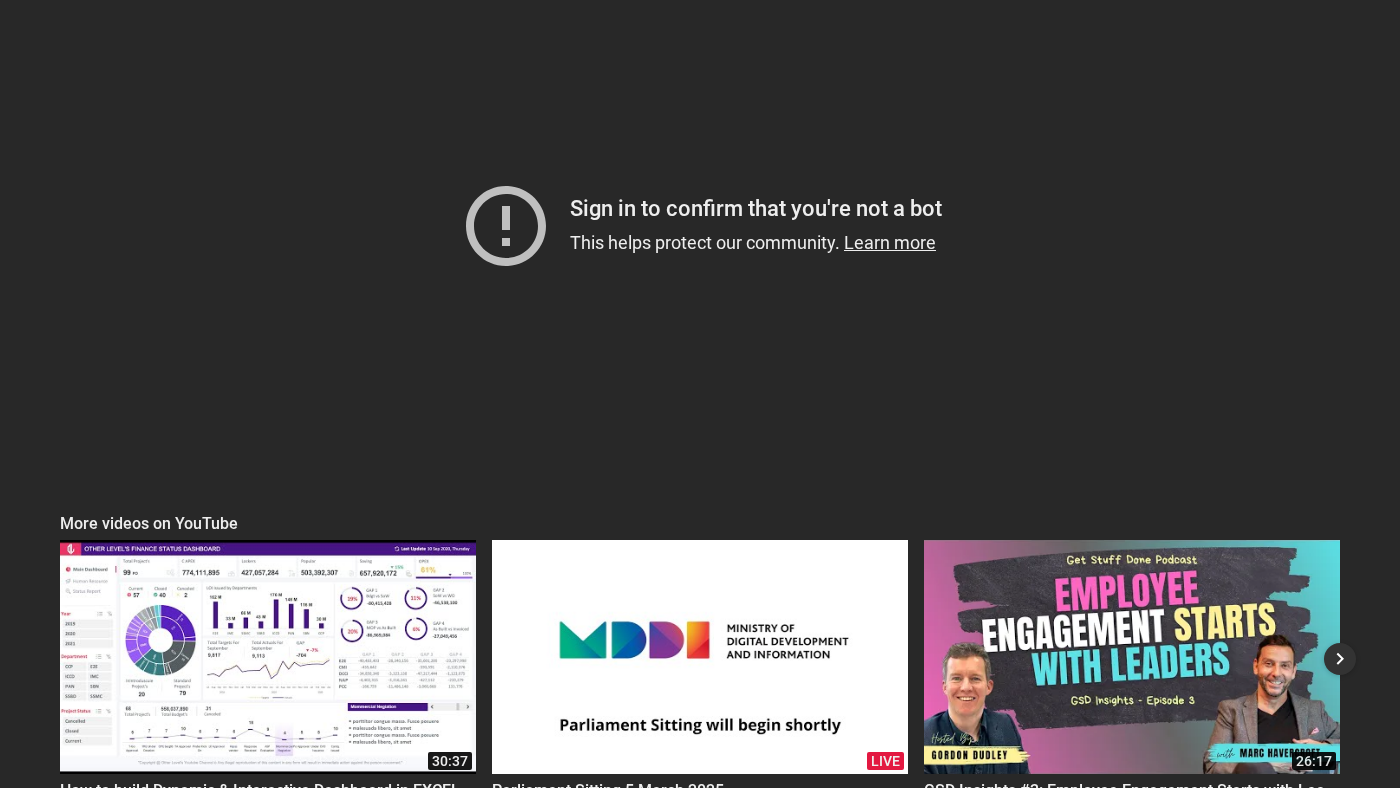 Identifying the problem of quiet space discovery and the reliance on word of mouth.
Identifying the problem of quiet space discovery and the reliance on word of mouth.
The objective of the Secret Space Project is to create a platform that allows users to find quiet locations near them, share their favorite quiet spots with others, read and write reviews about places, and learn about locations based on factors like noise level, seating availability, and amenities.
Solution Overview
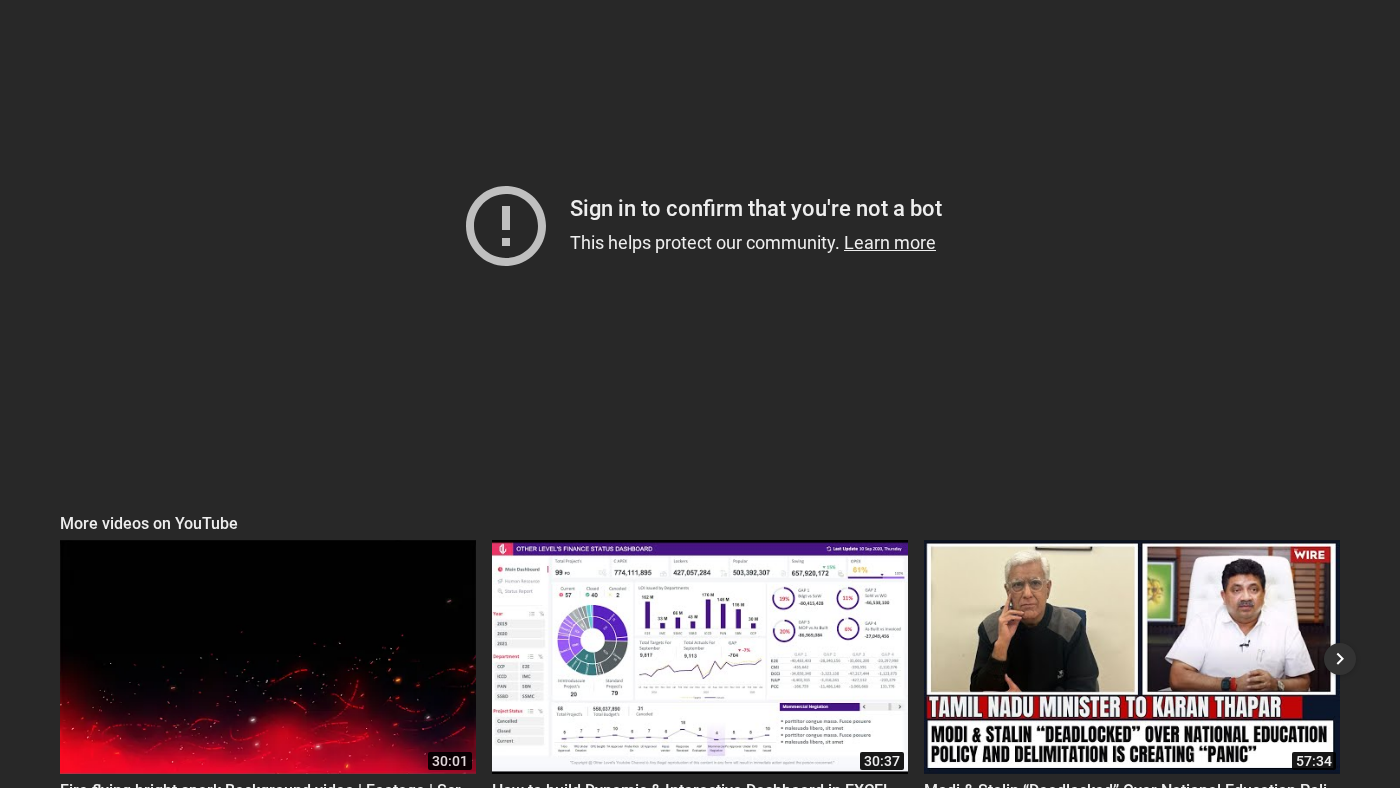 Overview of the solution, aiming to provide a user-friendly platform for quiet space discovery.
Overview of the solution, aiming to provide a user-friendly platform for quiet space discovery.
The project aims to solve the problem by bringing quiet locations to the forefront, enabling users to easily find and share these spaces. This is to be achieved through a user-friendly interface that allows for location discovery, user-generated content, and a rating system to help users make informed decisions about where to study or work.
Target User Group
The target user group for the Secret Space Project includes students and remote workers, aged between 15 to 40 years, of all genders. The project is particularly interesting for groups such as remote workers, freelancers, and book lovers who often seek quiet, conducive environments for focus and productivity.
Future Functionality and Location Discovery
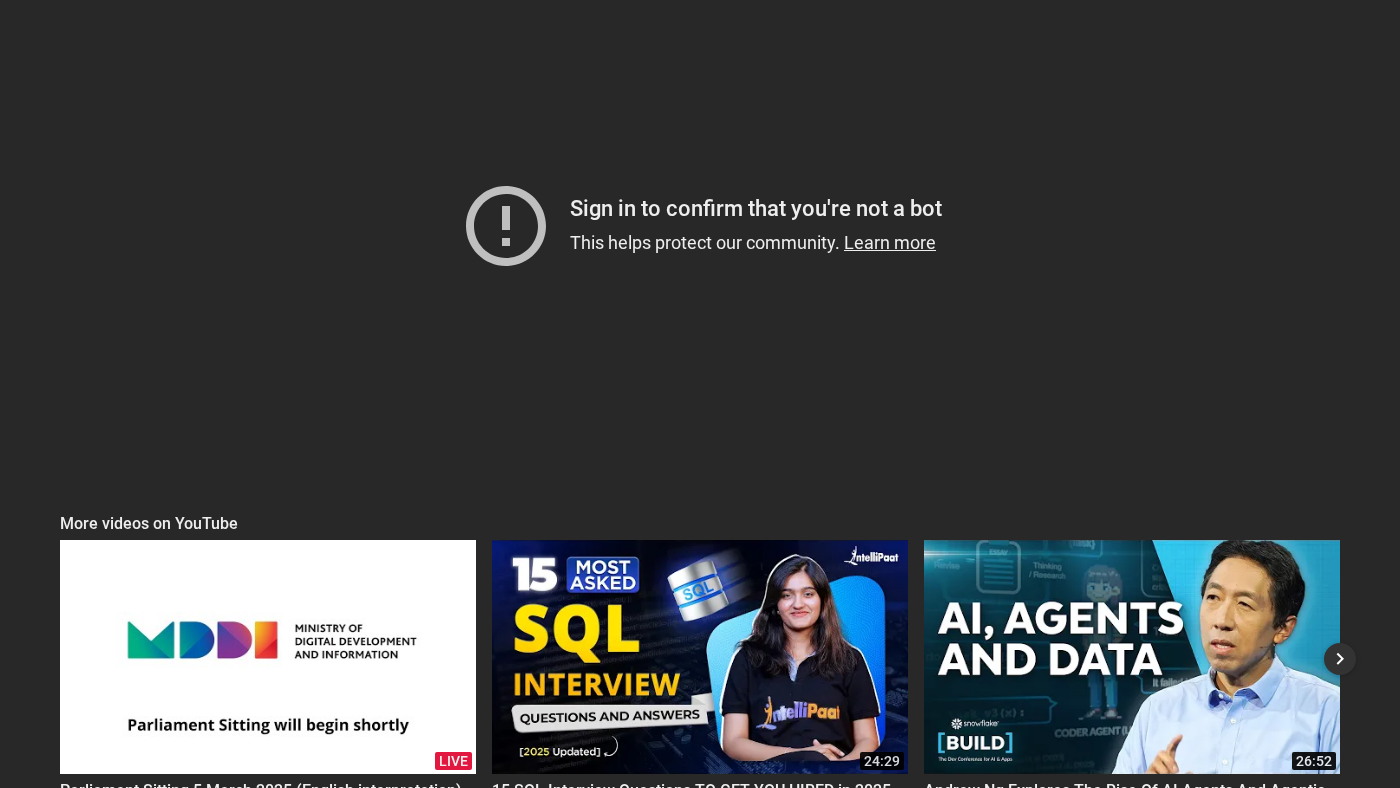 The process of location discovery and how users can find quiet spots near them.
The process of location discovery and how users can find quiet spots near them.
The platform will integrate map services to display locations near the user. Users will be able to share new locations and provide detailed reviews, aiding in the discovery of quiet spots. A rating system, including comments and star ratings, will help in filtering and searching for locations based on noise level, seating, or WiFi availability.
Challenges and Limitations
One of the limitations of the project is the accuracy of the information, which depends heavily on user contributions. Some locations may become crowded over time due to increased visibility, and there's a challenge in moderating and verifying user-submitted content to ensure the quality and accuracy of the information provided.
Technical Implementation
The project will utilize cross-platform technology for mobile application development, with Firebase serving as the backend and database. Firebase Realtime Database will be used for real-time data storage, and Firebase Authentication for user management. Cloud functions will handle server-side logic, including moderation and push notifications.
Development Roadmap
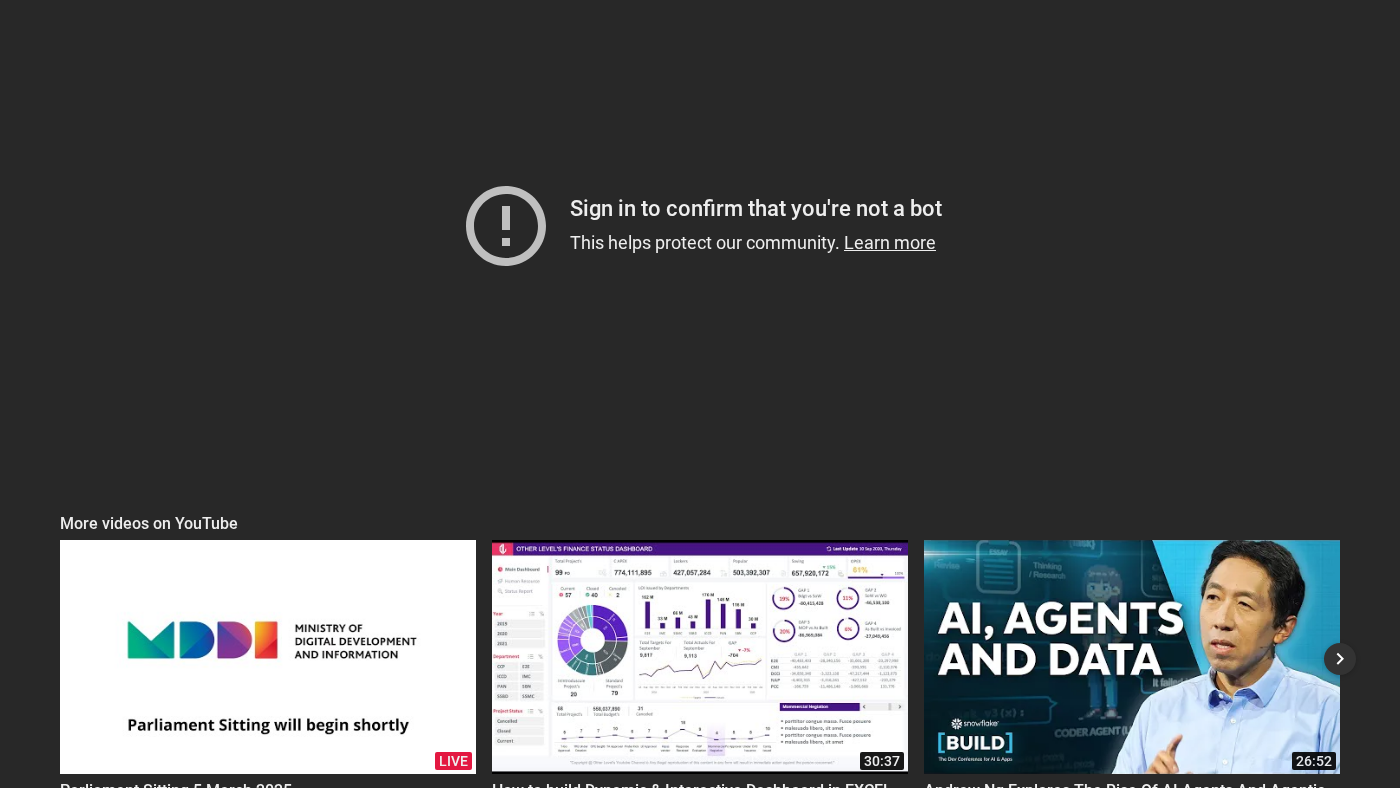 The project's development roadmap, outlining the stages from planning to deployment.
The project's development roadmap, outlining the stages from planning to deployment.
The development of the Secret Space Project is planned over several weeks, starting with project planning and research, followed by setting up the database and Firebase, front-end development, back-end development, security testing, integration, and finally, deployment and feedback collection.
Conclusion
The Secret Space Project offers a promising solution to the common problem of finding quiet and conducive spaces for study, work, or focus. By providing a platform for users to discover, share, and review quiet locations, the project has the potential to become a valuable resource for individuals seeking productive environments. As the project moves forward with its development roadmap, it is crucial to address the challenges and limitations identified, ensuring the platform's accuracy, usability, and long-term sustainability.
